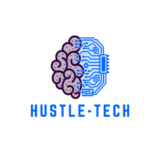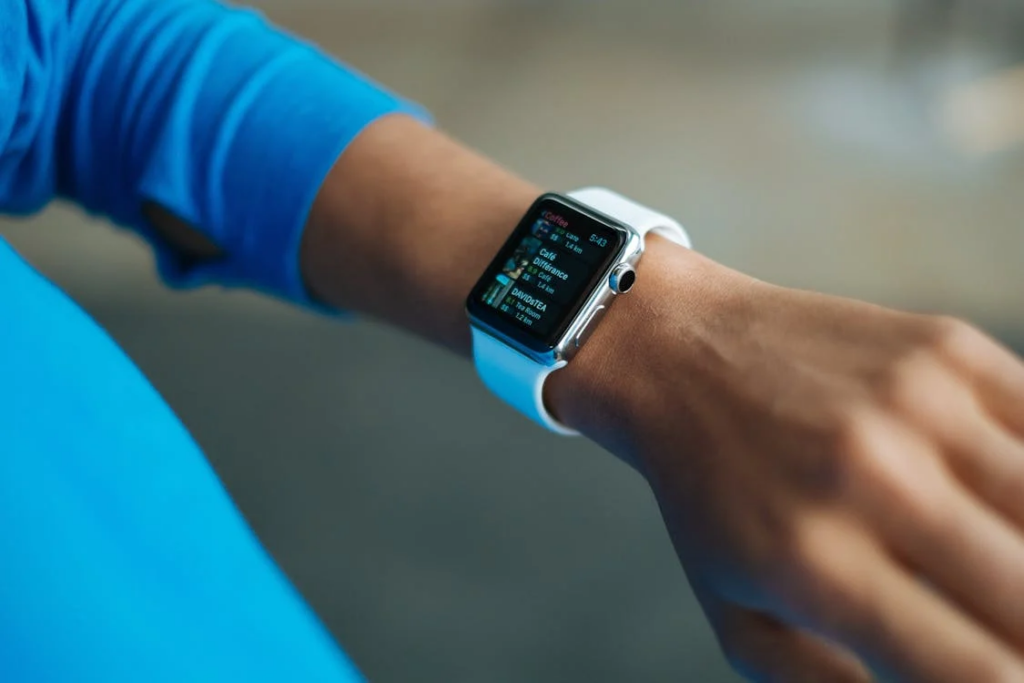Wearable tech and productivity apps are converging to change the way we deal with our work, time and personal efficacy. Wearables are integrating into productivity tools to provide real-time insights and reminders and improve task management from smartwatches and fitness devices to Augmented Reality (AR) glasses. With this integration, users are able to perform an increasingly sophisticated and seamless set of tasks while on the go and achieve their goals.
This makes a productivity app like BlockSite perfect for anyone trying to be more productive and get rid of distractions. BlockSite was created to block distracting apps and websites while it works seamlessly with a wide range of wearable tech to make it easy for people to focus and stay productive on the go.
Wearables in Productivity
It’s simply not enough to say that wearable tech is now focused on more than fitness. Today’s wearables give users lots of features complementary to productivity apps, including real-time notifications, activity tracking, and AI-driven insights. Here’s how wearables are transforming the productivity landscape:
1. Real-Time Notifications
Always connected to their productivity apps, timely alerts and reminders keep users connected to their wearables such as smartwatches. A smartwatch, for example, can pop up and remind users of any upcoming deadlines or meetings or of time blocked tasks around the clock.
2. Activity Insights and Monitoring
So many wearables monitor how we’re sleeping or moving and sync with productivity apps through state-of-the-art technology. For example, a productivity app may suggest your schedule based on your monitored heart rate, or activity levels from a smartwatch.
3. On-the-Go Accessibility
Wearable devices can work well to get to your productivity apps without pulling out your phone. For users constantly on the move, this hands free interaction is of great use.
Features of Wearables That Enhance Productivity
1. Task Management
Productivity apps integrate with wearable tech to streamline tasks. For instance, you can add, edit, or finish tasks directly from your smartwatch, so that you continue to be productive even when you are super busy.
2. Blocking Focus and Blocking Distraction
It turns out wearables mesh with apps that enforce focus like BlockSite. Wearable notifications allow users to be prompted not to use certain apps or websites during focus periods, and stay focused in the process.
3. Time Tracking
Wearables time tracking features sync to productivity apps to create detailed time allocation insights. Users use this data to identify inefficiencies in their schedules and adjust them accordingly.
4. The integration of Health & Wellness
They monitor your physical well-being, which includes, for example, heart rate and sleep patterns, and put that data into productivity apps. This is a holistic approach to making sure that people are optimizing their work schedules to work at peak performance.
How Wearables and the Services They Provide Work with Productivity Apps
1. Seamless Syncing
But the fact is the majority of wearables sync up quite easily with productivity apps using Bluetooth or cloud–based platforms. This integration enables users to see the same data across devices.
2. Customizable Notifications
By allowing users to set up custom types and delivery frequency of app notifications, wearables are enabled.

For example, a smartwatch can vibrate rather than produce an alerting phone ring reminding the user of a deadline.
3. AI-Powered Suggestions
There are some wearables that use AI to analyze the data extracted from productivity apps and come up with actionable suggestions and so on. As an example, an app could tell you to reshuffle your schedule to make better use of your activity and thinking priorities.
Wearables and Productivity Apps: The Key Benefits
1. Enhanced Focus and Efficiency
While productivity tools are kept within easy reach, wearables lower the need to switch between devices. It makes a user stay focused on his tasks and avoids several interruptions.
2. Improved Time Management
Wearables update and remind us what we need to do in real time. Productivity apps give you a clear view of your tasks and wearables keep you reminded of your progress all day.
3. Data-Driven Insights
However, wearables provide us with valuable data about a user’s behavior that productivity apps can just mine and recommend personalized actions. All of these insights help users tweak their routines and meet their goals better.
4. Holistic Productivity
Wearables enable a balanced approach to productivity through the integration of health and wellness data with task management tools. Aligning the work schedule with users’ physical and mental well being results in better performance as users.
Challenges and Limitations Faced
While the integration of wearables and productivity apps offers numerous benefits, there are also challenges to consider:
Battery Life: Wearables that are always syncing can suck your battery dry, needing to be constantly plugged in.
Over-Reliance on Notifications: Too many notifications can be counterproductive and result in alert fatigue.

Privacy Concerns: Some users may be concerned about the security of sharing sensitive data between devices and apps.
However, with these limitations, wearable technology and app developments have since stepped up to address these challenges and make integration easier and more friendly to use.
Wearables and Productivity Applications in the Future
While it is early for wearable tech to be fully integrated with productivity apps, the opportunities to grow are endless. Here are some future trends to watch:
1. Deeper AI Integration
AI will propel the wearables to become more predictive, smarter insights and predictive suggestions to individual productivity needs.
2. AR and VR Wearables
Immersion through augmented and virtual reality wearables gives us augmented and virtual productivity tools, virtual task boards, or meeting spaces.
3. Biofeedback for Focus
Biofeedback, like monitoring stress levels, brain activity, and the like, can be used in wearables to detect distractions and help users find a way to cope with them.
The ability to integrate into a seamless wearable technology experience with real time insight and functionality increase is revolutionizing the way we think about our productivity tools. Connecting devices such as smartwatches and fitness trackers to apps like productivity app helps users stay focused, utilize their time smartly, and have a work life kind of life balance.

